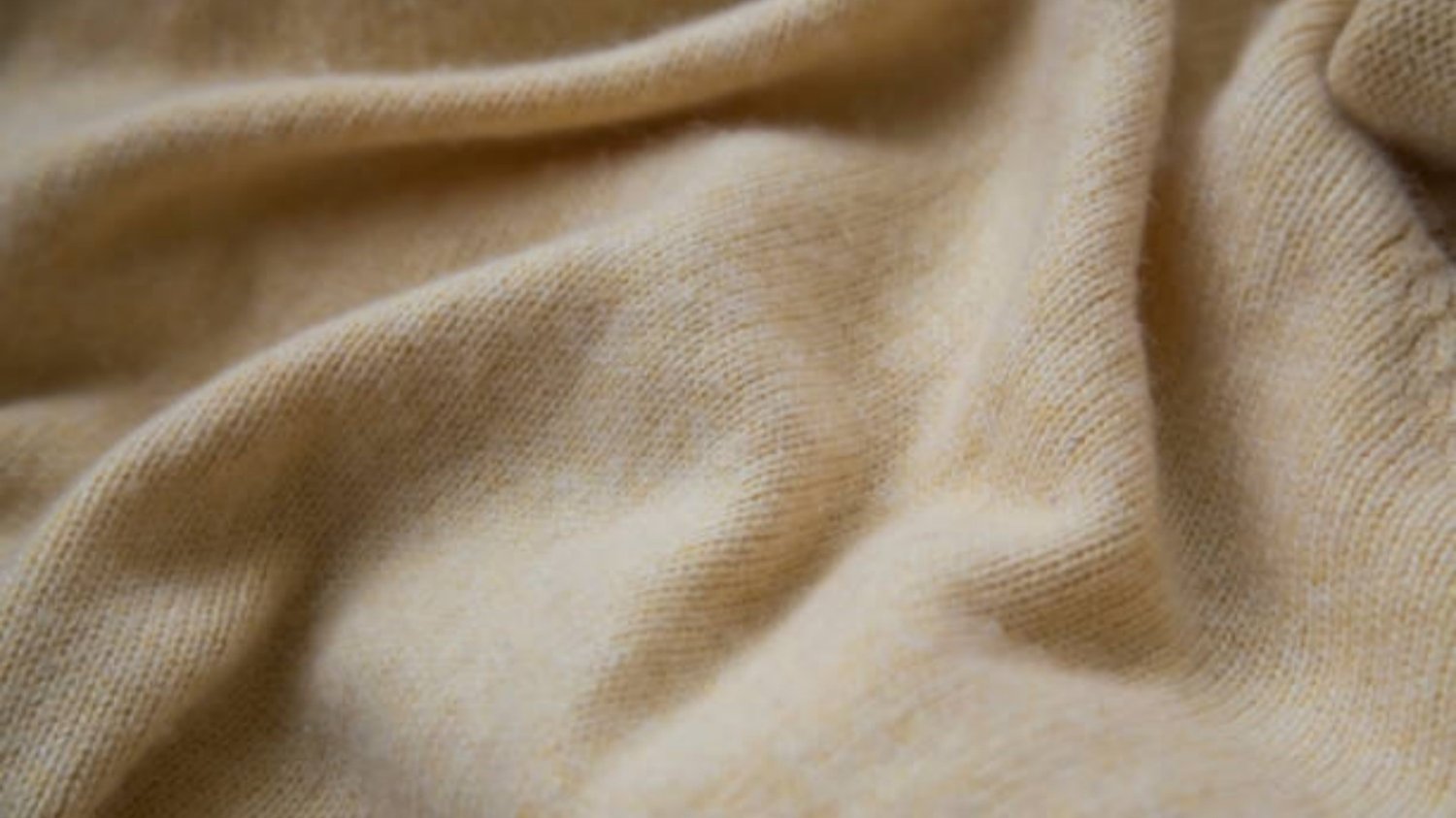Introduction: The Enigma of Cashmere
Cashmere, a luxurious and highly sought-after fabric, has captivated the hearts of fashion enthusiasts for centuries. Renowned for its unparalleled softness and exquisite warmth, cashmere garments have become a symbol of elegance and opulence. However, the allure of cashmere comes at a price – one that often leaves consumers wondering, "why is cashmere so expensive?" In this article, we unravel the mysteries behind cashmere's steep price tag, exploring various aspects that contribute to its exclusivity and desirability.
1. The Rarity of Cashmere Goats
Cashmere is derived from the fine undercoat of cashmere goats, a breed primarily found in the mountainous regions of Mongolia, China, India, and Iran. Unlike sheep's wool, which is sheared, cashmere fibers must be carefully combed or collected during the molting season. This labor-intensive process, combined with the limited number of cashmere goats, contributes to the scarcity of cashmere and drives up its price.
2. Exceptional Softness and Warmth
Cashmere is renowned for its unparalleled softness and warmth, making it a coveted choice for winter wear. The fibers of cashmere are significantly finer and softer than traditional wool, creating a luxurious tactile experience when worn against the skin. Additionally, cashmere provides exceptional insulation by trapping body heat, ensuring optimal comfort in cold weather conditions.
3. Handcrafted Excellence
The production of cashmere garments often involves meticulous handcrafting techniques that have been passed down through generations. Skilled artisans delicately knit or weave the cashmere fibers, ensuring each piece is crafted to perfection. This level of craftsmanship, combined with the time-consuming nature of the process, adds to the overall value and exclusivity of cashmere.
4. Purity and Quality of Cashmere
True cashmere is derived solely from the undercoat of cashmere goats, ensuring its exceptional quality and purity. The fine fibers collected during the molting season are carefully sorted to remove any coarse or impure strands. The resulting cashmere is incredibly soft, lightweight, and durable, with a luxurious feel that is unmatched by synthetic alternatives.
5. Sustainable and Eco-Friendly of Cashmere
Cashmere production is inherently sustainable and eco-friendly. Cashmere goats graze on natural vegetation, minimizing the need for artificial fertilizers or pesticides. Moreover, the biodegradable nature of cashmere ensures minimal environmental impact. However, the emphasis on sustainability often results in higher production costs, further contributing to the expensive nature of cashmere.
6. Global Demand and Limited Supply
The global demand for cashmere has skyrocketed in recent years, particularly in luxury markets. However, the limited supply of cashmere, coupled with the time-consuming production process, creates a significant disparity between demand and supply. As a result, prices are driven up to meet the market's insatiable appetite for this luxurious fabric.
7. Geographic Factors of Cashmere
Geographic factors play a crucial role in the cost of cashmere. The harsh climates and rugged terrains in which cashmere goats thrive make their rearing and maintenance challenging. The remote locations of cashmere-producing regions often require additional transportation and logistical expenses, further adding to the overall cost of cashmere.
8. Ethical Considerations of Cashmere
Many reputable cashmere producers prioritize ethical practices, ensuring the well-being of cashmere goats. This includes providing adequate grazing areas, regular veterinary care, and humane treatment during the cashmere collection process. These ethical considerations often result in higher production costs, contributing to the higher price of cashmere.
9. Fashion and Luxury Brand Markup
When cashmere is incorporated into designer or luxury brand collections, the price naturally increases due to the added value associated with these prestigious labels. The reputation, craftsmanship, and brand image contribute to the markup, making cashmere a highly coveted status symbol for fashion-forward individuals.
10. Longevity and Timelessness of Cashmere
Cashmere garments, when properly cared for, can last for decades, making them an excellent investment piece. The longevity and timelessness of cashmere further contribute to its perceived value, as it transcends fleeting fashion trends and remains a timeless wardrobe staple.

